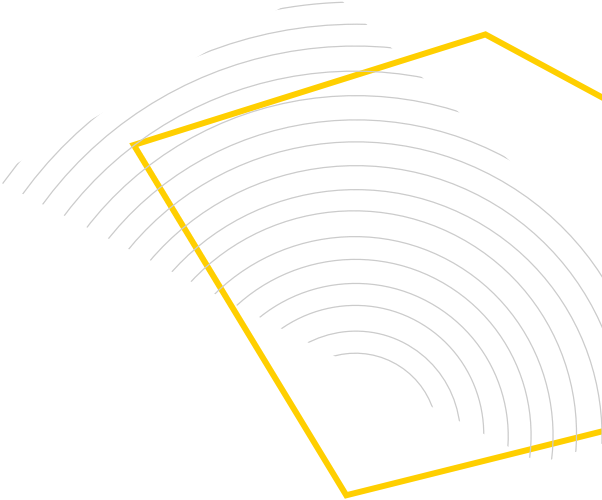User Experience (UX) Design is the process of designing products with the user in mind, and increasingly, online and physical platforms are relying on user-centered design to provide a seamless customer experience. In fact, UX Design is one of the fastest-growing fields in tech.
The findings from our survey illustrate a field that has truly shown its value in tech startups and major corporations alike. Here are some of the major findings from the Digital Skills Survey.
A majority of Designers started their career in the field. In fact, 61 percent of respondents have always been a Designer, so if you're looking for a long-term career, this might be the right move.
Despite the charge towards mobile-first experiences, the vast majority (74 percent) of respondents are designing for web. Augmented reality (AR) and virtual reality (VR) are also trendy topics that haven't broken into a typical designer's workflow. Only 11 percent have designed for an AR or VR project.
In their day-to-day, the focus of Designers is spread out somewhat evenly across the entire design process, with both high fidelity design and research coming out on top.
With the rapidly increasing demand for design talent, it looks like employees are feeling a dearth of design literacy within their organizations. 43 percent claim their organization has an intermediate level of design literacy, and an additional 34 percent would say the level is only basic.
When it comes to brainstorming and ideation, pen and paper are still the tool to beat with 79 percent sharing they prefer writing ideas out. Other popular tools include Sketch and Invision.
79 percent of Designers reported that additional digital skills training would make them more successful in their role, with additional design training (34 percent) and product management (23 percent) leading the way.
Similarly, 25 percent said their organization would be more successful if their employees had better design skills, and 19 percent said better marketing and/or product skills would make the greatest impact.
When it came to professional development, Designers are keen to pull all levers to improve their skills. Designers reported using a wide variety of learning modalities, the most popular being workshops or seminars (65 percent), followed by webinars (62 percent), in-person courses (58 percent), and online courses (57 percent).
Finding resources is approached in the same way: Designers rely on a number of different avenues, including blogs, courses, and online forums.
Like last year, Designers cited artificial intelligence (AI) as a trend that will have a significant impact in the next five years. 74 percent, in fact, believe that it will have the largest impact on their field in the next five years. This was followed by machine learning, which 66 percent of respondents cited as something to look out for.
A Designer's day-to-day work has not yet been impacted by the growth of AR and voice-based interfaces, as only 18 and 14 percent have worked on projects using these technologies.




